
Widely Sold In The Southeast Asian Market Chinese Brand Dong Feng Construction Truck 8X4 Dump Truck Tipper
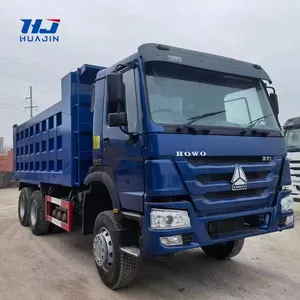
Sinotruk Price Ethiopia Sino Used And New Howo 6x4 16 20 Cubic Meter 10 Wheel Tipper Truck Mining Dump Truck For Sale




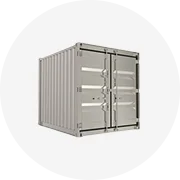
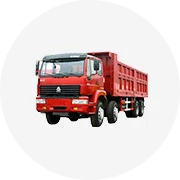
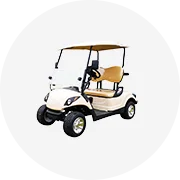
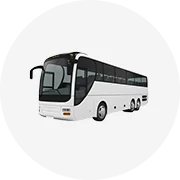
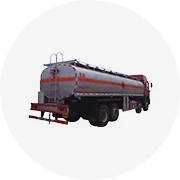


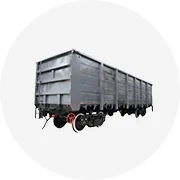
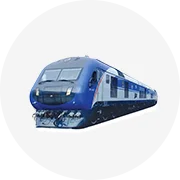
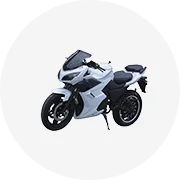
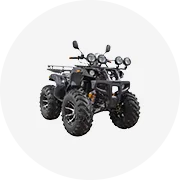

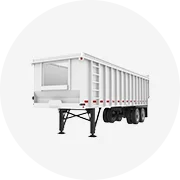
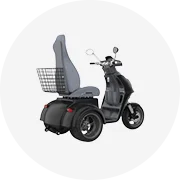
Tipper trucks, also known as dump trucks, are essential vehicles in construction, mining, and waste management industries. The tipper truck dimensions play a crucial role in determining the truck's usability and compatibility with various job requirements. This introduction delves into the various aspects of tipper trucks, focusing on their dimensions, types, and applications.
The tipper truck category encompasses a range of vehicles designed for material transport and disposal. From tri-axle dump trucks suited for heavy-duty tasks to specialized mining trucks, each model is built to fulfill specific operational roles. The dimensions of these trucks are critical, as they must align with the material volume, weight capacity, and the environment in which they operate. For instance, smaller dimensions are ideal for urban construction sites with limited space, while larger trucks are preferred in open mining operations.
When discussing tipper truck dimensions, it's important to consider the vehicle's weight rating, which indicates the maximum load it can carry, including the cargo, driver, and the truck itself. This rating ensures safe and efficient operation within the manufacturer's specified limits. Additionally, the construction of tipper trucks often involves robust materials to withstand the rigors of material hauling, from heavy rocks to construction debris. The adaptability of these trucks is further enhanced with accessories like dump truck tarps, which protect the load from adverse weather conditions.
Selecting the right tipper truck dimensions is not only a matter of fitting the vehicle to the task but also optimizing operational efficiency. Correctly sized trucks can reduce operational costs, enhance safety, and ensure compliance with local transport regulations. Furthermore, the environmental impact is minimized when the truck's capacity closely matches the job requirements, reducing unnecessary trips and fuel consumption.
Beyond construction, tipper trucks serve in other industries, such as forestry. Chipper trucks, for example, are tailored to handle wood debris, converting it into wood chips for recycling. The dimensions of these trucks are specifically designed to accommodate the chipping machinery and the resulting payload, showcasing the versatility of tipper trucks across different sectors.
In summary, the tipper truck dimensions are a fundamental aspect to consider when selecting a vehicle for material transport and disposal. By understanding the types, applications, and advantages of various tipper trucks, businesses can make informed decisions that align with their operational needs and industry standards.